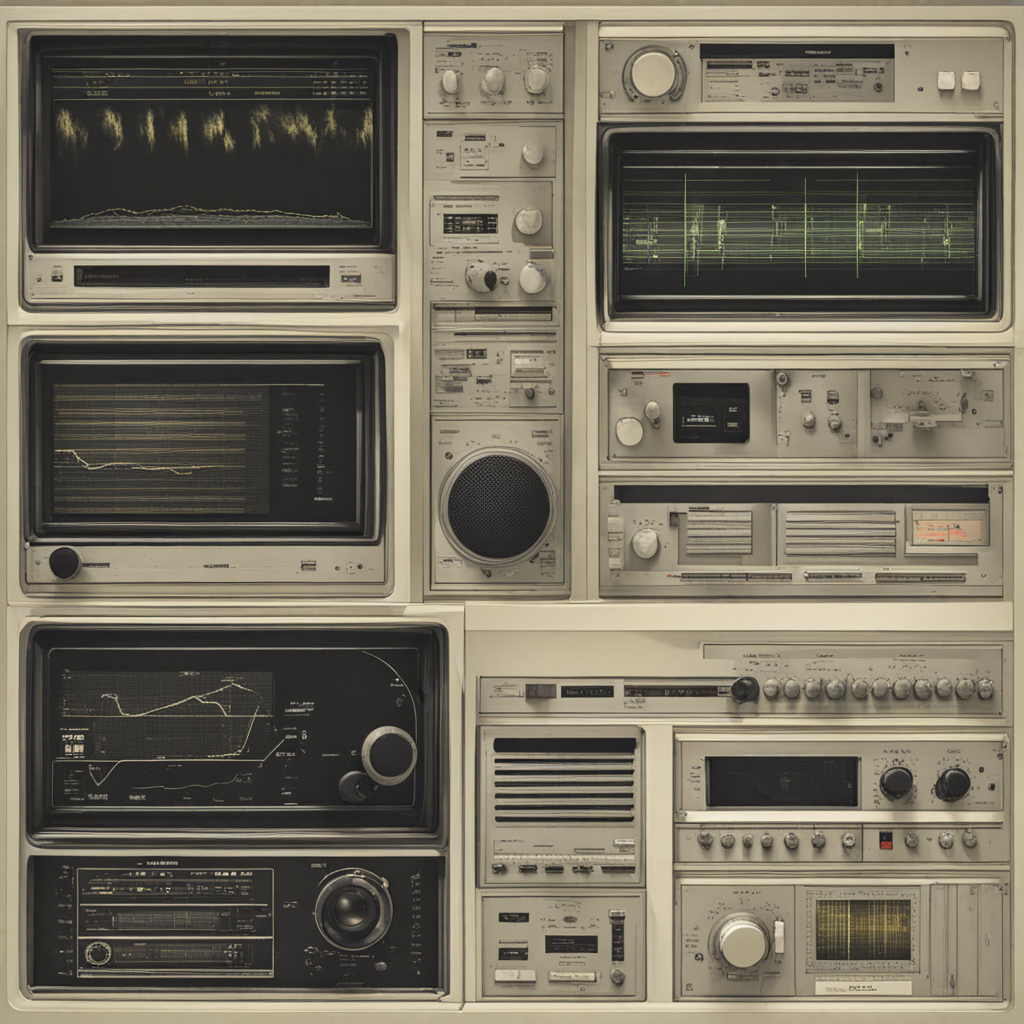Today we studied the advancement of technical software and hardware in music. Music has come a long way in terms of recording and digital production, I’ve decided to hyperfocus on the invention of Stereo.
The development of stereo brought about a tremendous transformation in the production of music, providing a more spacious and immersive listening experience than mono recordings. Here’s a brief summary of its effects:
Stereo Recordings included two separate audio channels, resulting in a more expansive and spatial sound than mono recordings, which were used initially and only had one audio channel. Stereo gives vocalists and instruments a sense of depth, with, and separation.

Enhanced Spatialisation: Stereo allowed producers to pan vocals and instruments around the stereo spectrum by widening the audio area. The music felt more vibrant and realistic because to the spatialization, which also gave the impression that it was inside a virtual soundstage.
Musicians and producers gained more creative control with stereo, using it to emphasize certain elements or create specific effects. They could place instruments in different parts of the stereo field, manipulate depth perception, and experiment within the music. Stereo recording techniques evolved, incorporating various microphone setups and positioning to capture spatial nuances. Techniques like stereo mixing, binarual recording, and stereo mixing became commonplace, allowing for richer, more textured recordings.